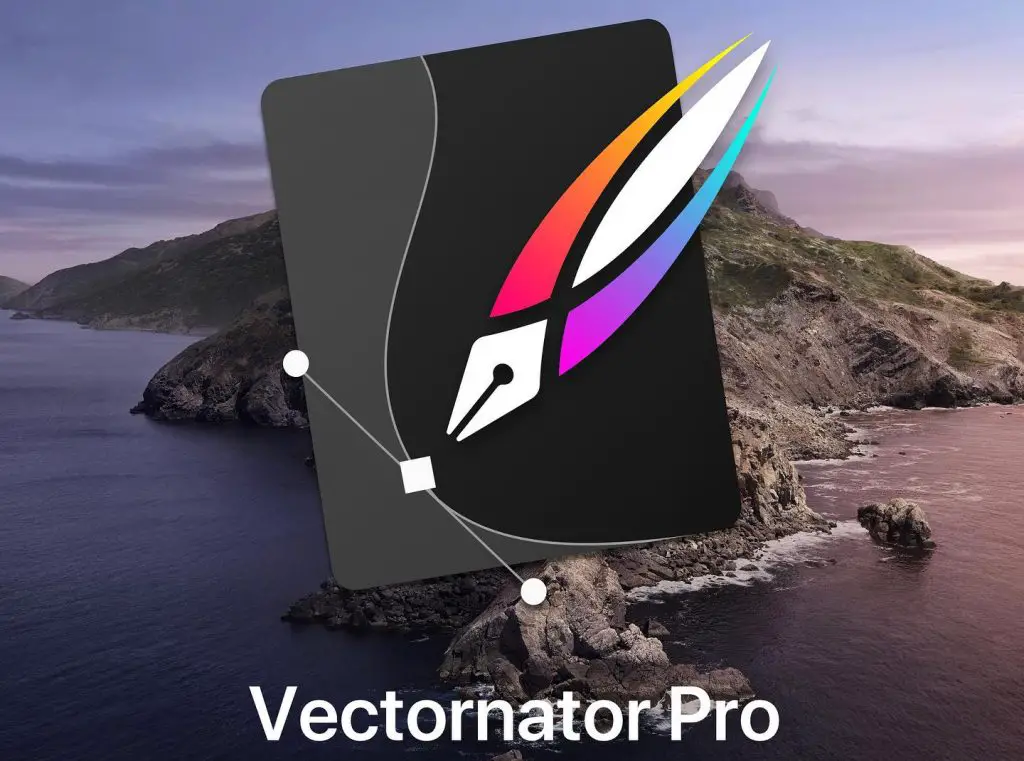Vectornator, a graphic design software known for its vector art capabilities, employs a multifaceted revenue model to sustain its operations and growth. This model combines several strategies, tailored to appeal to different user segments.
History of Vectornator
Vectornator, a popular graphic design software, has an interesting history that demonstrates its evolution and growth in the design industry:
Foundation and Initial Development:
Vectornator was introduced in 2017 by Linearity, aiming to make professional digital design accessible to everyone. The tool was developed by the then 17-year-old founder, Vladimir Danila, to simplify vector design.
The initial idea was born from Danila’s own challenges in using design tools at a young age, leading him to create a more user-friendly suite of tools.
Expansion of Features:
Over the years, Vectornator expanded its features and functionalities, transforming from a simple solution to a versatile software catering to design teams at all levels.
This expansion included Quick Actions, SF Symbols support, and more, in its major update released in 2021.
Rebranding and New Features:
In 2023, Vectornator embarked on a rebranding journey and was renamed Linearity Curve. This change included a complete overhaul of the visual identity and the introduction of new features.
Despite the visual changes, the core tools and functionalities remained the same. The rebranding aligned with the company’s future goals and opened the door to new design capabilities, including AI-powered tools and cloud storage for projects.
Significant Collaborations and Funding:
Vectornator gained notable recognition, being used by major companies like Apple, Disney, Wacom, and Microsoft. Disney, for instance, uses Vectornator for creating artwork for hotels in Disneyland.
The platform also raised a $20 million funding round, which was aimed at further developing its mobile-first product, adding AI-powered automation, collaboration features, and expanding in the U.S., Europe, and Asia.
This history highlights Vectornator’s journey from a simple vector design tool to a comprehensive design platform with a global reach and significant industry impact.
How Does Vectornator Make Money
Freemium Model
Vectornator offers basic functionalities for free, while charging for more advanced features. Users can download and use the software at no cost but need to pay for access to advanced and unique services.
Premium Subscriptions

The company offers subscriptions for advanced tools and features. These subscriptions, which can be monthly or yearly, include benefits like priority support, more tools, and high-quality graphics, contributing to continual income generation.
Selling Digital Assets and Services
Vectornator also retails digital assets like icons, templates, and other design elements, sold on a pay-per-use model. This constitutes another revenue stream for the company.
Partnerships and Collaborations
The company engages in strategic partnerships and collaborations with other businesses and technology platforms. These partnerships expand Vectornator’s market reach and audience, thereby increasing potential revenue. These relationships often include financial arrangements that contribute directly to Vectornator’s income.
Overall, Vectornator’s revenue model is a hybrid, leveraging these diverse strategies to ensure a diversified and sustainable financial structure.
How it Works

Vectornator is a professional graphic design software compatible with Mac, iPhone, and iPad. It is renowned for its flexibility and versatility in creating illustrations, interface designs, layouts, and much more, all within a single application.
The software, available for free on all these platforms, integrates a variety of powerful features and tools, making it suitable for both beginners and professionals.
Main Features of Vectornator
- Pen Tool with Multi-Touch and Stylus Gestures: The pen tool in Vectornator supports multitouch gestures and is compatible with the Apple Pencil on iPad, as well as Wacom Slate and other third-party styluses on desktop. This tool provides an intuitive and efficient user experience, allowing for fluid motion and fast concept-to-page ideation.
- Auto Trace with Apple Core ML: Vectornator’s auto-trace feature transforms sketches into vector illustrations at the click of a button. It integrates with Apple Core ML for automatic feature naming based on color and shape, facilitating easy layer management, especially in complex designs.
- Iconator Search Engine: This feature offers access to over 80,000 icons. Users can download these icons as vectors and edit them, including ungrouping, changing stroke and fill, blending, layers, and direct shape editing. This functionality significantly speeds up the creation of complex layouts and designs.
- Lettering and Illustration Tools: Vectornator provides tools for creating custom letters and intricate illustrations. The pen tool, in particular, is sophisticated yet user-friendly, with gesture support and various path options for editing. This makes Vectornator a suitable choice for intricate digital illustrations on iPhone, iPad, or Mac devices.
These features collectively make Vectornator a powerful tool in the field of vector-based graphic design, offering a range of capabilities that cater to various design needs.
Also read // Ko-fi Business Model
Vectornator Financial Footprint
Vectornator, a prominent graphic design software developed by Linearity, has seen significant developments in funding and revenue generation:
Funding
Vectornator successfully raised a $20 million funding round, which was led by EQT Ventures along with 468 Capital.
This funding round included participation from notable individuals such as Bradley Horowitz (VP Product, Google), Jonathan Rochelle (Co-Founder of Google Docs, Google Spreadsheets, Google Slides, Google Drive), Charles Songhurst (Ex. Corporate Strategy, Microsoft), and Lutz Finger (Group Product Manager, Google).
The company plans to use this funding to enhance its mobile-first product, Vectornator, by adding AI-powered automation, collaboration features, and expanding its reach in the U.S., Europe, and Asia.
Revenue
Vectornator’s estimated annual revenue is currently $23.6 million per year, with a revenue per employee estimated at $243,000.
Valuation
The information regarding the current valuation of Vectornator is currently undisclosed. The valuation of a company can be influenced by various factors, including funding rounds, revenue, market conditions, and growth prospects.
Therefore, without recent data from reliable financial sources or company disclosures, providing an accurate valuation of Vectornator is not feasible at this moment.

